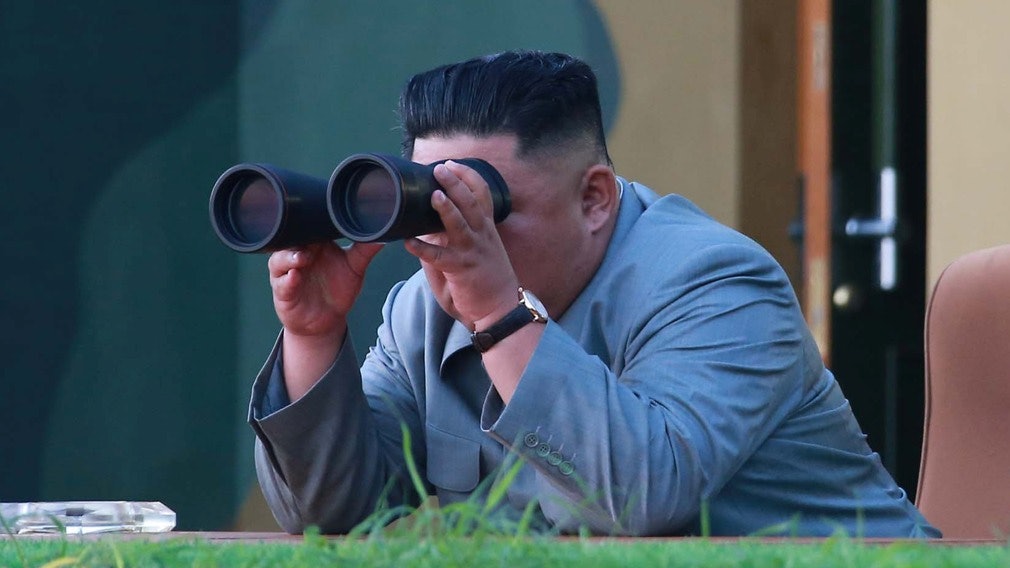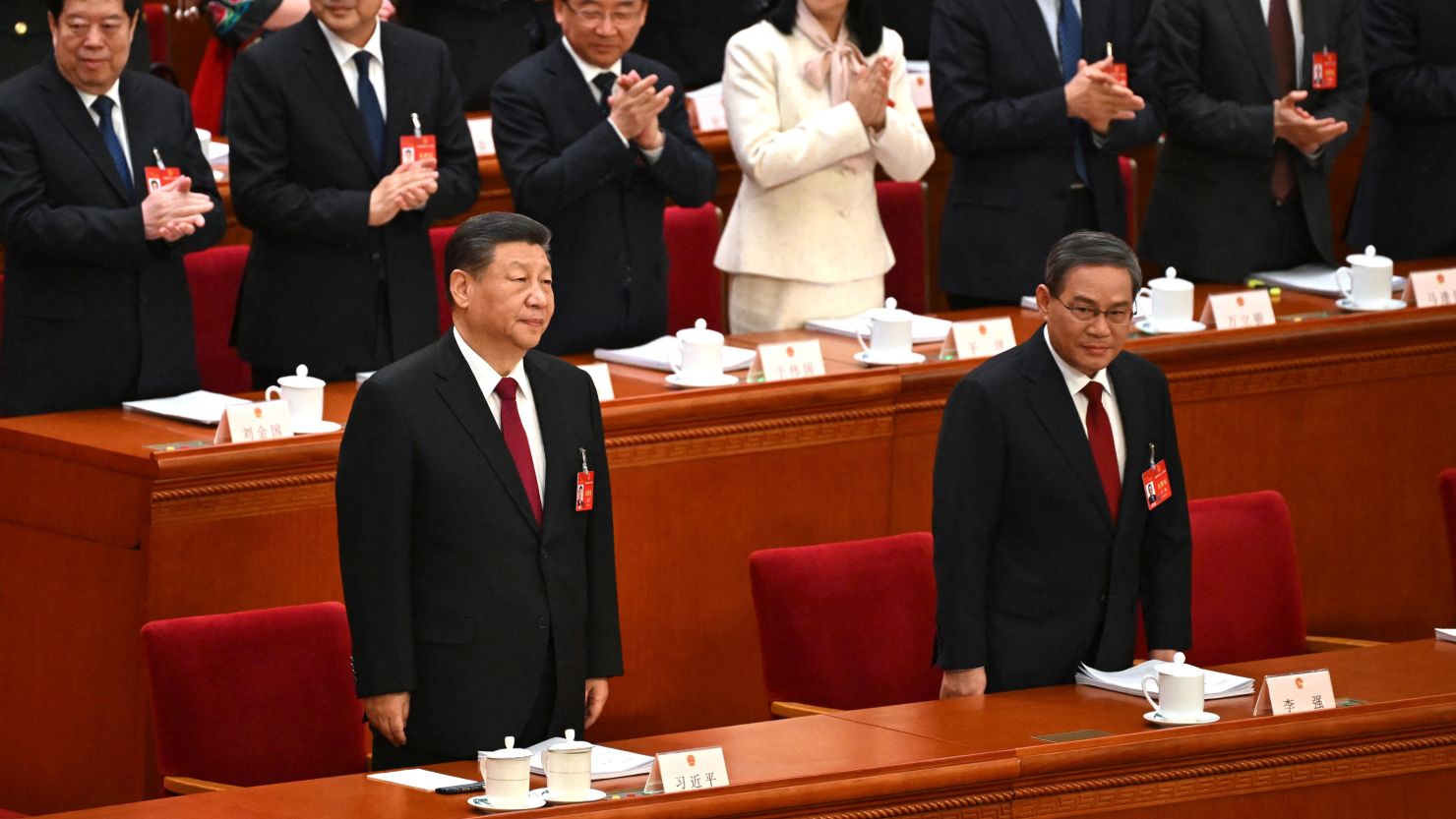North Korea launched two short-range ballistic missiles on Wednesday morning (July 31) and launched two new “KN-23” short-range ballistic missiles on Friday (July 25). On May 4 and 9 before, North Korea also launched a missile that was considered “KN-23.” The Korean Joint Staff Headquarters urged the DPRK to stop shooting. South Korea’s unification minister, Kim Kin-soo, said that North Korea’s recent launch of a short-range ballistic missile stated that “this does not violate the Korean-North Korean military agreement, but it may also be considered a violation of the agreement from a certain perspective”.
On the other hand, the first Sino-Korean military dispute re-emerged. On the other hand, the first joint Asia-Pacific cruise involving Chinese and Russian strategic bombers and early warning aircraft led to the emergency launch of the South Korean and Japanese Air Force fighters on July 23.
At the same time that the Sino-Russian military continued to intimidate Japan and South Korea, the relationship between the United States, Japan and South Korea also had problems. Japan’s economic sanctions against South Korea are in full swing. At the cabinet meeting held on August 2, Japan excluded South Korea from the trade white list that enjoys preferential treatment such as simplified procedures. As a counterattack, South Korean Foreign Minister Kang Jing and the South Korean military agreement said that it is possible to consider the situation (disappearance). The trade negotiations between Japan and the United States will start negotiations in August.
Donald Trump recently met with Chinese President Xi Jinping in Osaka and met with North Korean leader Kim Jong-un in the demilitarized zone of North Korea and South Korea. The DPRK and the ROK have started negotiations to examine the current situation on the peninsula in this context. Can’t help but wonder if China, Russia, and the United States, Japan, and South Korea are going to fight or talk about it? Is the military action of the Sino-Russian dynasty a warning demonstration or a heavy blow under the differences between the United States, Japan and South Korea? Under the new negotiation situation, the United States, Japan and South Korea did not agree on what to say to the DPRK? How can the stalemate on the peninsula be resolved? Where is the way out of Northeast Asia?
The core of the situation in Northeast Asia is the Cold War. Under such an atmosphere, the Sino-Russian confrontation with the United States, Japan and South Korea is the norm on the Korean peninsula. After the end of the Korean War, the confrontation between socialism and the capitalist camp continued. The United States stationed troops in Japan and South Korea to monitor and confront China and the Soviet Union. After the collapse of the Soviet Union, the Cold War did not end from the Korean peninsula. The United States, Japan and South Korea’s joint defense focus is still China and Russia. The Sino-Soviet dynasty was a socialist ally after the end of the Korean War. After the disintegration of the Soviet Union, Russia’s relations with China and North Korea have undergone certain changes, but in general, the Sino-Russian dynasty has maintained a state of strategic warmth. The Sino-Russian confrontation against the United States, Japan and South Korea is a state of the situation on the peninsula for quite some time.
This state also has unstable factors. The United States also provides military protection to Japan and South Korea, and Japan and South Korea respectively regard the United States as a military ally. However, the historical problem between Japan and South Korea is difficult to break.
Between China and Russia, Russia has not provided a nuclear umbrella to North Korea since the collapse of the Soviet Union. Although China is a paramilitary ally of North Korea, it has not provided a nuclear umbrella to North Korea. This made the military security issue of North Korea very prominent after the disintegration of the Soviet Union. North Korea’s development of nuclear weapons to resolve military security is on the agenda. This is the root cause of the outbreak of the North Korean nuclear issue. China’s stance on North Korea’s development of nuclear weapons has changed with changes in international nuclear control. After the adoption of the Comprehensive Nuclear Test Ban Treaty by the UN General Assembly in September 1996, China and Russia opposed the North Korean nuclear test and were the main line of changes in the tripartite relations between China and Russia over the past few decades. This contradiction has intensified as North Korea continues to conduct nuclear weapons tests. In recent years, China’s relations with North Korea have deteriorated to some extent.
The instability in the Korean peninsula in recent years has come from North Korea’s development of nuclear weapons. This continuous development has undermined the balance between China and Russia and the United States, Japan and South Korea. The tension between China and South Korea caused by the deployment of “Sade” in South Korea is a chain reaction triggered by the DPRK nuclear issue. Such external stimulus has temporarily concealed the historical dispute between Japan and South Korea.
For China, behind the North Korean nuclear issue is the destruction of the original pattern of the Cold War. The tension on the peninsula needs to find a solution to the exit. If the troubles caused by North Korea’s nuclear support cannot be resolved, the peace and stability of the situation in Northeast Asia cannot be guaranteed.
change
After North Korea took the nuclear power, it carried out a national strategic transformation. Beijing strictly enforced the sanctions resolution of the Security Council and forced North Korea to abandon its nuclear program. Under multiple factors, North Korean leader Kim Jong-un visited China four times. Chinese President Xi Jinping visited the DPRK in June this year. China-DPRK relations have recovered from instability. The stability of the relations between the three parties of China, Russia and the DPRK has been guaranteed. Although there will be some friction and conflict between China and Russia and the United States, Japan and South Korea, these uncertainties are within the controllable range and the situation has returned to the basic framework of the Cold War. China’s strategy has returned to a certain level of stability expectations.
On the one hand, the recovery and stability of Sino-Russian relations, on the other hand, Japan and South Korea are in deep disputes. South Korea has threatened Japan to lift sanctions by withdrawing from the Japan-South Korea military agreement. The US-Japan trade talks will start in August, and the United States and South Korea are in deep military The protection fee dispute, the United States, Japan and South Korea’s tripartite coalition is facing a state of gradual collapse.
What caused this situation is Trump. After he took office, he changed the US foreign policy and regarded the protection of the United States against Japan and South Korea as a negotiating capital, which accelerated the centrifugation of Japan and South Korea. At the same time, North Korea’s commitment to abandon nuclear has made the necessity of military information sharing between Japan and South Korea increasingly low, and the historical problems between Japan and South Korea have gradually become dominant.
Japan and South Korea are actively moving closer to China in economic terms, and the negotiation process in the China-Japan-Korea Free Trade Zone has accelerated. Sino-Japanese relations have entered a new era of coordination.
In addition to nuclear negotiations, on various other issues, the United States, Japan and South Korea have become the United States, Japan and South Korea to China, which is the first time in the past decade. The “Northeast Asia NATO” made up of the United States, Japan and South Korea has existed in name only.
In the future, the transition from cold war to real peace and stability in Northeast Asia needs to solve two problems. One is the denuclearization of the Korean Peninsula, and the other is to promote the complete collapse of the three-party alliance between the United States, Japan and South Korea.
North Korea’s nuclear ruling has changed the balance of military power in the region. Even if North Korea promises not to conduct nuclear tests and no longer conduct anti-missile tests, the United States, Japan and South Korea will not sit idly by to see North Korea become a fact-nuclear country. Therefore, the denuclearization of the Korean Peninsula is bound to be on the agenda. The solution to this problem is in parallel with the resolution of the security problem on the peninsula. The current negotiations mark the fact that the pattern of breaking the Cold War has been put on the agenda.
If the denuclearization of the Korean Peninsula can be completely resolved, South Korea’s military dependence on the United States will inevitably be greatly reduced, and the need for South Korea to follow the United States against China will gradually decline. This is a bottom-up salary for the US-South Korea military alliance. South Korea has no fundamental strategic confrontation with China and Russia. After South Korea’s strategy for the United States needs to be ruled out, it will naturally give up the option of following the United States against China and Russia. Whether South Korea can fundamentally change its attitude toward China depends on the degree of resolution of the DPRK nuclear issue in the future. How to pressure North Korea to truly fulfill its denuclearization is still important to China.
If North Korea’s denuclearization negotiations can proceed smoothly, relations between the United States, Japan and South Korea and North Korea can be normalized. Among them, the normalization of relations between Japan and North Korea will pave the way for Japan’s military security negotiations with China and Russia, providing experience and a path.
In the final analysis, China’s future reversal of the situation in Northeast Asia will still start from the denuclearization of North Korea. The resolution of this issue will promote the further division and disintegration of the US, Japan and the United States and South Korea. North Korea will be the breakthrough point for China to solve the problem.











